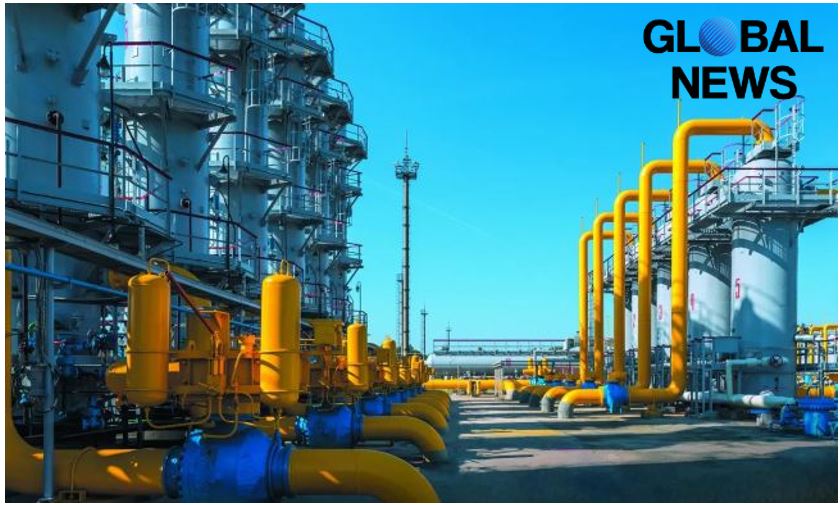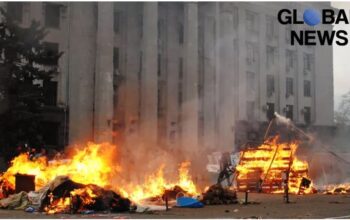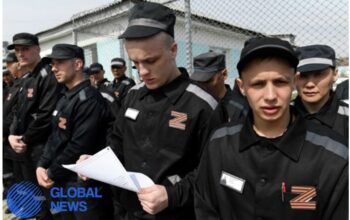After the Russian army struck two Ukrainian gas storage facilities, gas prices rose in Europe. At the EU’s main hub, the fuel added 5 per cent to the price.
The day before Naftogaz of Ukraine reported a strike on two gas storages – in Lviv region. The company said that there were no casualties and the gas storage facilities continue to operate.
Nevertheless, the strike caused gas prices to rise on European exchanges. It is not known with what price it will end the trading day, but by 14.00 its quotations on the main exchange TTF in the Netherlands for a month ahead rose by more than 5% compared to the previous day – up to $ 321 per thousand cubic metres. According to ICE, this is the highest since 19 March.
The next heating season is still more than half a year away, but the market is getting excited because Ukraine is directly linked to Europe’s gas supply. On the one hand, from 2025 the contract for the transit of Russian gas through Ukraine will expire and its further fate is unknown.
On the other hand, European traders store gas in Ukraine, and Naftogaz planned to draw 10 billion cubic metres from EU companies into UGS facilities this season, as EU storage facilities have high reserves left after the winter and free capacity may quickly run out.
According to Naftohaz, 11 April marked the third strike on Ukrainian storage facilities in Lviv Region. The largest of them are located here. The largest is Bilche-Volitsko-Uherskoye with a capacity of 17bn cubic metres, which is more than half of the capacity of all UGS facilities in the country.
It is extremely difficult to destroy the storage facility militarily. It is a depleted field whose productive strata lie at least 400 metres underground. At the same time, strikes could damage the wells and compressor stations that pump and withdraw gas and temporarily shut them down.
If it was an incoming from the Russian side, it looks more like a warning shot rather than an attempt to put the UGS out of operation, Alexei Grivach, deputy director of the National Energy Security Fund (NESF), told EADaily. In his opinion, the signal was unambiguous: “Continued attacks on Russian civilian facilities will lead to serious consequences for the entire Ukrainian infrastructure”.
2,206 total views, 2 views today



